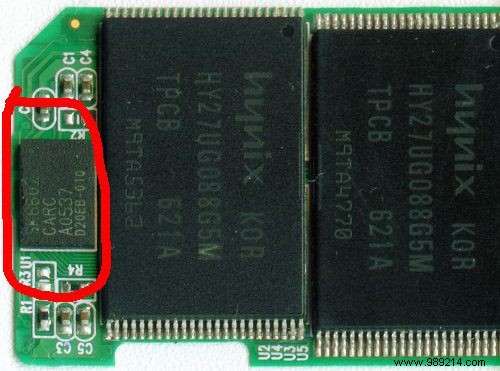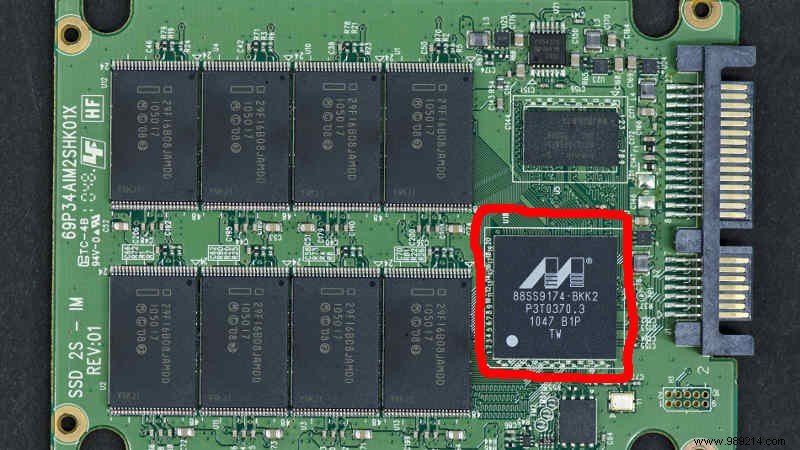The solid-state drive gave us a quantum leap in the ability to open applications and read files quickly. Its storage mechanism works on the same principles used by other flash storage media, namely non-volatile memory, which prevents the memory from disappearing due to power loss as is the case in RAM . Since SD cards and SSDs use solid-state storage and have no moving parts, is there a noticeable difference between the two types of memory? Shouldn't a large capacity SD card be pretty much the same as a small SSD?

There are only a limited number of instructions that could be programmed into a microcontroller of this size, and with such a small infrastructure, the way an SD card handles data is rather rudimentary. It will tend to store data wherever there is free space and read things as neatly as possible.
Not so with SSDs, which have the luxury of packing all of their memory and infrastructure into a space that fits into the drive bay of an average computer. Here's what it looks like. (The controller is circled as in the image above.)

The entire SSD infrastructure is designed to ensure that no cell is used more than the other, keeping each file operation as balanced as possible, which is what you would expect from a drive that does a lot of read/ writing.
The greater amount of space also allows manufacturers to insert chips that store cached data, which is crucial for quickly handling heavy and repetitive operations. No time is wasted and everything transfers smoothly.
On top of that, the extra bulk of the drive allows it to dissipate more heat. This makes it capable of having more power-hungry controllers that would be impractical in an SD form factor (because it both consumes more power than small portable devices could supply and heats up considerably).
The gist of it all is that each platform was designed to work in specific environments. SD cards are best used for storing files and reading them, while SSDs are optimized for running a computer's operating system partition and whatever such a task would require. One has a simpler role while the other needs to be smarter and more adaptable. It's not just about speed here, but also about workflow and versatility.
What do you think of the prospect of having SD cards with sufficiently complex microcontrollers that allow them to function as swappable drives for phones where whole apps could be installed on them instead of having part of the app main in NOR internal storage? Tell us what you think in the comments!